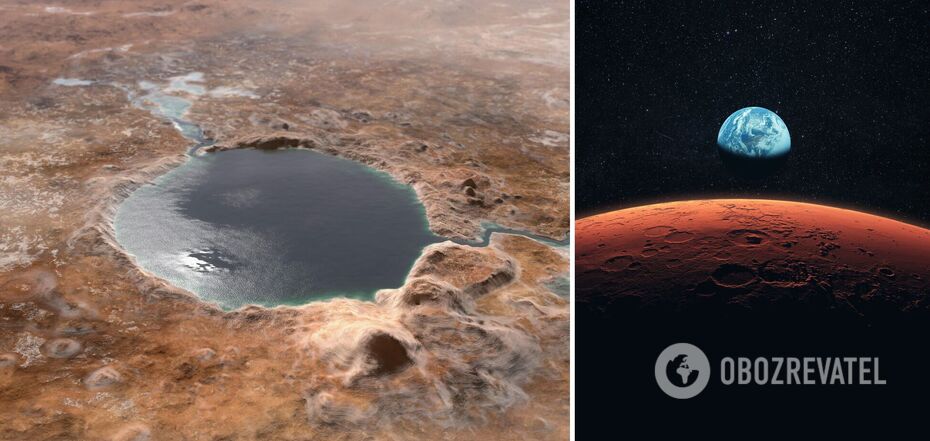News
NASA's Mars rover has found evidence of an ancient lake on the planet: here's why it's a sensation
The instruments of NASA's Perseverance rover have found evidence that the Martian Jezero Crater was once filled with water. This gives scientists hope that the samples collected on the red planet may still show signs of ancient life.
The study on the Perseverance discovery was published in the journal Science Advances. The crater that housed the ancient lake is 45 kilometers wide.
According to the researchers, the new Perseverance radar data revealed layers of sediment that were at the bottom of the Martian lake billions of years ago. There was a process similar to how material settles to the bottom of the oceans on Earth.
"Imagine a very calm pond where nothing happens except that thin layers of silt are deposited every year. That's exactly what we think we're seeing with these radar signatures," David Page, who is the deputy principal investigator of the instrument called the Radar Imaging Imager for the Mars Subsurface Experiment (RIMFAX), told Inverse.
Page, who is the lead author of the new study, suggests that the lake had a total area of about 170-180 square kilometers, and its depth varied depending on the climatic conditions on the red planet.
He said that many "thin, regular layers" were found that were not tilted.
"These are exactly the type of layers you'd expect to see in a lake," Page explained.
The regular layers are formed because water has a low viscosity, so it settles horizontally. You can see something similar in a glass, where the line of water will always remain parallel to the ground, no matter how you hold the glass.
For the last three years, Perseverance has been wandering around the crater floor, conducting subsurface research thanks to the RIMFAX radar, which emits waves down every 10 centimeters. NASA's rover paid particular attention to the western edge of the crater near what looks like the delta of an ancient river.
What is depicted in the observation data from May 10 to December 8, 2022 may bring scientists closer to unraveling the history of Mars. In particular, whether there has ever been life there because the presence of water and a magnetic field (which Mars most likely had in the distant past) would make the red planet a potential haven for life in one form or another.
Subscribe to OBOZ.UA on Telegram and Viber to keep up with the latest events.




























